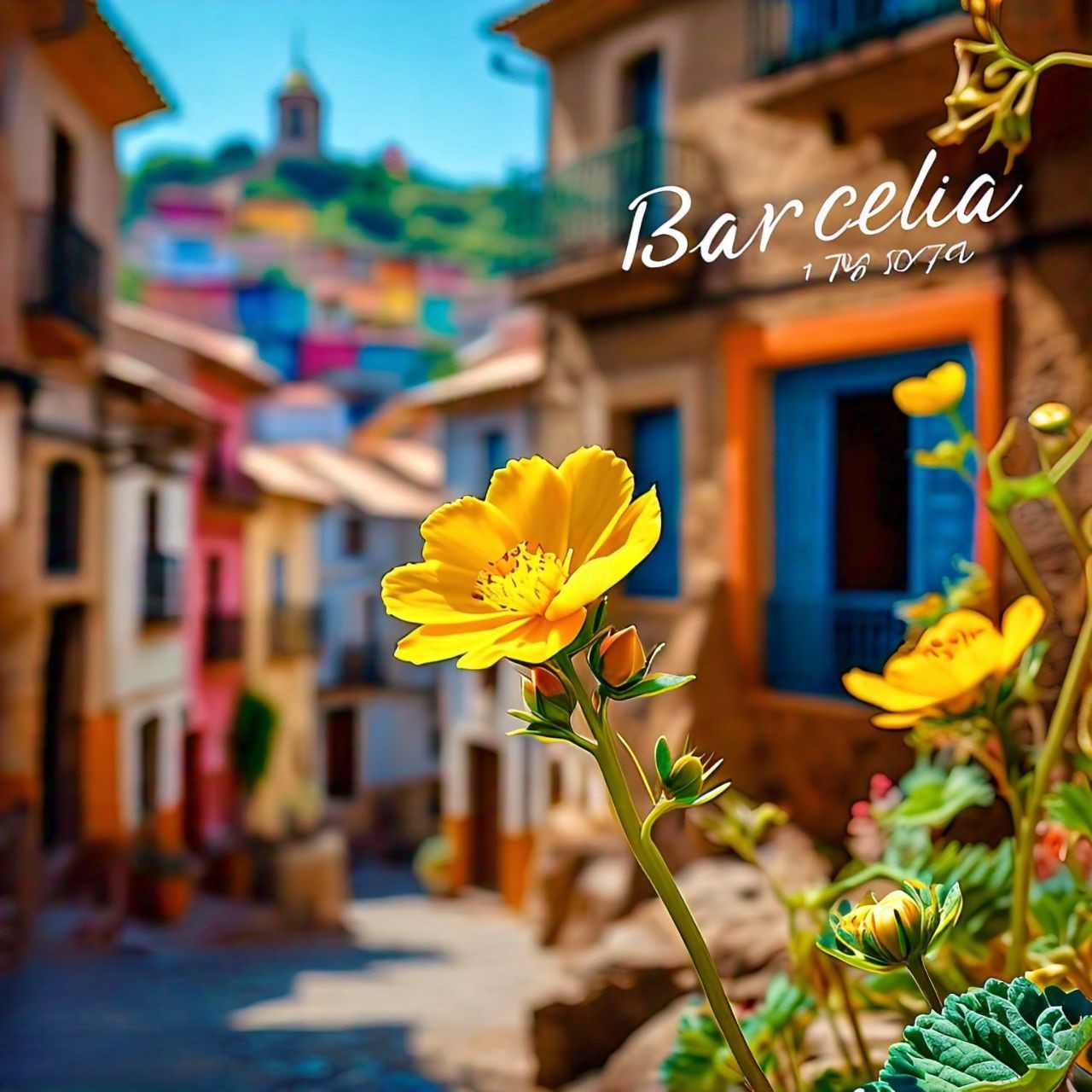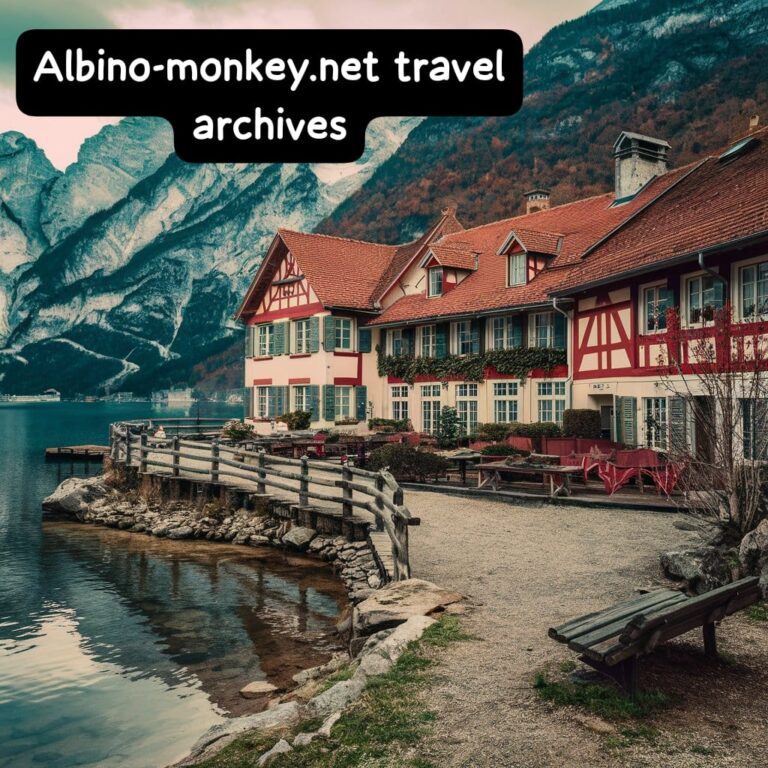Barcelia Bernal is a significant historical figure, known for her land claim on the Embarcadero de Santa Clara, which was granted to her as a Mexican land grant by Pío Pico. Her story is intertwined with the rich history of California during the transitional period from Mexican to American governance.
This article delves into the life of Barcelia Bernal, exploring her influence on land rights, her contributions to the region’s cultural heritage, and her lasting legacy. We aim to provide an in-depth analysis that not only covers historical facts but also offers insights and interpretations that transcend existing online sources.
Contents
- 1 Historical Background: California’s Land Grant System
- 2 Barcelia Bernal: Life and Legacy
- 3 Pío Pico and the Mexican Land Grant
- 4 Barcelia’s Role in Californian Society
- 5 Impact on Land Rights and Law
- 6 Cultural Influence and Heritage
- 7 Barcelia in Modern Context
- 8 Preservation of Historical Sites
- 9 Barcelia’s Family and Descendants
- 10 Frequently Asked Questions
Historical Background: California’s Land Grant System
The Spanish and Mexican Land Grant Systems
The history of land ownership in California is deeply rooted in the Spanish and Mexican periods, which introduced a land grant system that significantly shaped the region’s development. Under Spanish rule, the Presidio of San Francisco was established as a military outpost, and the surrounding lands were allocated through grants known as “ranchos.” These grants were given to individuals as a reward for service to the Spanish crown, promoting settlement and development in the region.
When Mexico gained independence from Spain in 1821, the new government continued the land grant system, issuing over 500 grants throughout California. These Mexican land grants were typically large parcels of land intended for cattle ranching and agriculture, forming the backbone of California’s economy.
Transition to American Rule
The transition from Mexican to American rule following the Mexican-American War (1846-1848) brought significant changes to land ownership in California. The Treaty of Guadalupe Hidalgo in 1848 formally ended the war and transferred California to American control, guaranteeing that Mexican land grants would be honored. However, the process of validating these grants proved to be complex and often contentious, leading to numerous legal disputes.
The Land Act of 1851 established a board of land commissioners to review and validate claims to these grants, which resulted in lengthy legal battles and the displacement of many Mexican landowners. This period of transition highlights the challenges faced by individuals like Barcelia Bernal, who sought to maintain their land rights amidst changing political landscapes.
Barcelia Bernal: Life and Legacy
Early Life and Background
Barcelia Bernal was born into a prominent Californian family during the Mexican era. Her family was deeply entrenched in the social and political fabric of the region, which provided her with a unique perspective on the complexities of land ownership and governance. Her upbringing in this environment equipped her with the knowledge and skills needed to navigate the intricate legal and social systems of the time.
Land Claim and Ownership
In 1845, Barcelia Bernal made a land claim for the Embarcadero de Santa Clara, a strategically located parcel of land along the Santa Clara River. Her claim was recognized and granted by Pío Pico, the last governor of Mexican California. This grant not only affirmed her status as a landowner but also highlighted her ability to assert her rights and navigate the political landscape of the time.
Barcelia’s land claim was notable for its timing and significance, occurring during a period of political uncertainty and transition. Her successful acquisition of the Embarcadero de Santa Clara demonstrated her determination and resilience in the face of challenges.
The Embarcadero de Santa Clara Land Grant
Geographical and Strategic Importance
The Embarcadero de Santa Clara was a vital transportation and trade hub in the mid-19th century. Situated along the Santa Clara River, it provided access to both inland areas and the coast, making it a key location for commerce and communication. The grant to Barcelia Bernal underscored the strategic importance of the region and its potential for economic development.
Economic and Social Impact
Owning such a significant land parcel allowed Barcelia to influence the economic activities in the region. She played a crucial role in the development of trade and agriculture, fostering a thriving community that contributed to California’s growth. Her efforts laid the groundwork for future economic opportunities and set a precedent for land management and utilization.
Pío Pico and the Mexican Land Grant
Pío Pico: Last Governor of Mexican California
Pío Pico was the last governor of Mexican California, serving during a tumultuous period marked by political upheaval and the looming threat of American annexation. His leadership and decisions, including the granting of land to individuals like Barcelia Bernal, were pivotal in shaping the region’s future.
Pío Pico’s land grants were part of his strategy to strengthen the Mexican hold on California by encouraging settlement and development. These grants were intended to reward loyalty and service while also promoting economic growth.
The Granting Process and Legal Challenges
The process of obtaining a land grant under Mexican rule involved a series of legal and administrative steps, including petitioning the governor, demonstrating the ability to develop the land, and adhering to certain requirements. Barcelia Bernal’s successful navigation of this process reflected her understanding of the legal system and her ability to advocate for her interests.
However, the transition to American rule brought significant challenges. The Land Act of 1851 required landowners to prove their claims in American courts, leading to lengthy legal battles and financial strain. Barcelia, like many others, faced the daunting task of defending her land rights in a new and often hostile legal environment.
Barcelia’s Role in Californian Society
Advocate for Land Rights
Barcelia Bernal emerged as a vocal advocate for land rights, using her position and influence to support fellow landowners facing similar challenges. She worked tirelessly to ensure that Mexican land grants were recognized and respected under American law, championing the rights of her community.
Social and Cultural Contributions
Beyond her advocacy work, Barcelia Bernal played a significant role in the social and cultural life of California. She was an active participant in community affairs, supporting cultural events and initiatives that celebrated the region’s Mexican heritage. Her efforts helped preserve and promote the rich cultural tapestry of California during a time of significant change.
Community Leadership and Influence
Barcelia’s leadership extended beyond land rights, as she became a respected figure in her community. Her ability to navigate the complexities of land ownership and governance earned her the admiration of her peers, and her commitment to social and cultural causes solidified her legacy as a leader and advocate.
Impact on Land Rights and Law
Legal Precedents and Challenges
Barcelia Bernal’s legal battles to defend her land claim set important precedents in land law, influencing future cases and legislation. Her efforts highlighted the complexities of validating Mexican land grants under American rule and underscored the need for a fair and just legal system.
Influence on Modern Land Laws
The challenges faced by Barcelia Bernal and other landowners during this period influenced the development of modern land laws and policies. Her story serves as a reminder of the importance of protecting land rights and ensuring that legal systems are equitable and transparent.
Cultural Influence and Heritage
Preservation of Mexican Heritage
Barcelia Bernal’s commitment to preserving Mexican heritage played a crucial role in maintaining the cultural identity of California during a period of significant change. Her support for cultural events and initiatives helped ensure that the region’s rich history and traditions were celebrated and preserved for future generations.
Contributions to Californian Identity
The legacy of Barcelia Bernal is intertwined with the broader narrative of California’s identity. Her efforts to promote and protect Mexican heritage contributed to the diverse cultural tapestry that defines the state today. Her story is a testament to the resilience and determination of individuals who have shaped California’s history.
Barcelia in Modern Context
Recognition and Commemoration
Barcelia Bernal’s contributions to California’s history and heritage have been recognized and commemorated in various ways. Her legacy is celebrated through historical markers, educational programs, and community events that honor her role in shaping the region’s identity.
Influence on Contemporary Issues
The story of Barcelia Bernal continues to resonate in contemporary discussions about land rights, cultural preservation, and social justice. Her legacy serves as an inspiration for individuals and communities advocating for equitable and inclusive policies that respect the rights and heritage of all Californians.
Modern Interpretations and Analysis
Modern interpretations of Barcelia Bernal’s legacy highlight her as a pioneering figure who navigated the complexities of land ownership and governance during a time of significant change. Her story offers valuable insights into the challenges and opportunities faced by individuals and communities in shaping their own destinies.
Preservation of Historical Sites
Importance of Historical Preservation
Preserving historical sites associated with Barcelia Bernal is essential for maintaining the cultural and historical heritage of California. These sites serve as tangible reminders of the past and provide valuable opportunities for education and reflection.
Efforts to Preserve and Protect
Efforts to preserve and protect historical sites linked to Barcelia Bernal’s legacy are ongoing. Community organizations, historians, and government agencies are working together to ensure that these sites are preserved for future generations to appreciate and learn from.
Educational Programs and Initiatives
Educational programs and initiatives focused on Barcelia Bernal’s legacy provide valuable opportunities for individuals to learn about the history and heritage of California. These programs highlight the importance of preserving cultural and historical sites and encourage active participation in efforts to protect them.
Barcelia’s Family and Descendants
Family Legacy and Contributions
Barcelia Bernal’s family and descendants have continued her legacy, contributing to the cultural and social fabric of California. Their involvement in community affairs and dedication to preserving their heritage have played a significant role in shaping the region’s identity.
Continuing the Tradition of Advocacy
The tradition of advocacy initiated by Barcelia Bernal has been carried on by her descendants, who remain committed to promoting land rights, cultural preservation, and social justice. Their efforts ensure that Barcelia’s legacy continues to inspire and influence future generations.
Impact on Modern Californian Society
The impact of Barcelia Bernal’s family and descendants on modern Californian society is a testament to the enduring legacy of her contributions. Their work in promoting cultural heritage, social justice, and community engagement reflects the values and principles that Barcelia championed throughout her life.
Frequently Asked Questions
Who was Barcelia Bernal?
Barcelia Bernal was a prominent figure in California’s history, known for her land claim on the Embarcadero de Santa Clara, granted to her as a Mexican land grant by Pío Pico. She played a significant role in advocating for land rights and preserving Mexican heritage during the transition from Mexican to American rule.
What was the significance of the Embarcadero de Santa Clara land grant?
The Embarcadero de Santa Clara land grant was significant for its strategic location along the Santa Clara River, serving as a vital transportation and trade hub. The grant highlighted Barcelia Bernal’s influence and her ability to navigate the complexities of land ownership during a period of political transition.
How did Barcelia Bernal influence land rights and law?
Barcelia Bernal’s legal battles to defend her land claim set important precedents in land law, influencing future cases and legislation. Her efforts highlighted the need for a fair and just legal system that respects land rights and ensures equitable treatment for all landowners.
What was Barcelia Bernal’s impact on Californian society?
Barcelia Bernal played a significant role in advocating for land rights, preserving Mexican heritage, and promoting social and cultural initiatives in California. Her contributions to the region’s cultural identity and her leadership in community affairs have left a lasting legacy.
How is Barcelia Bernal’s legacy preserved today?
Barcelia Bernal’s legacy is preserved through historical markers, educational programs, and community events that honor her contributions to California’s history and heritage. Efforts to protect and preserve historical sites associated with her legacy continue to ensure that future generations can learn from and appreciate her impact.





















+ There are no comments
Add yours